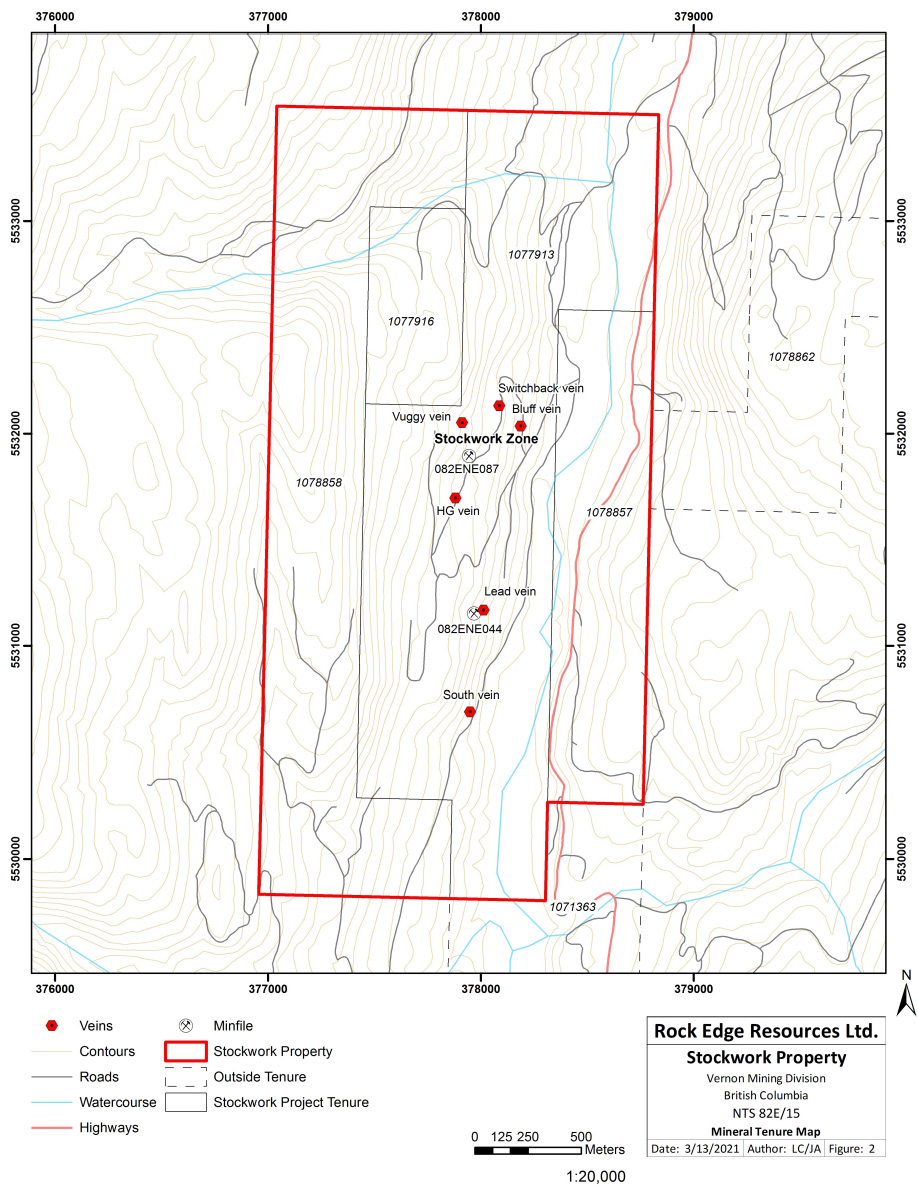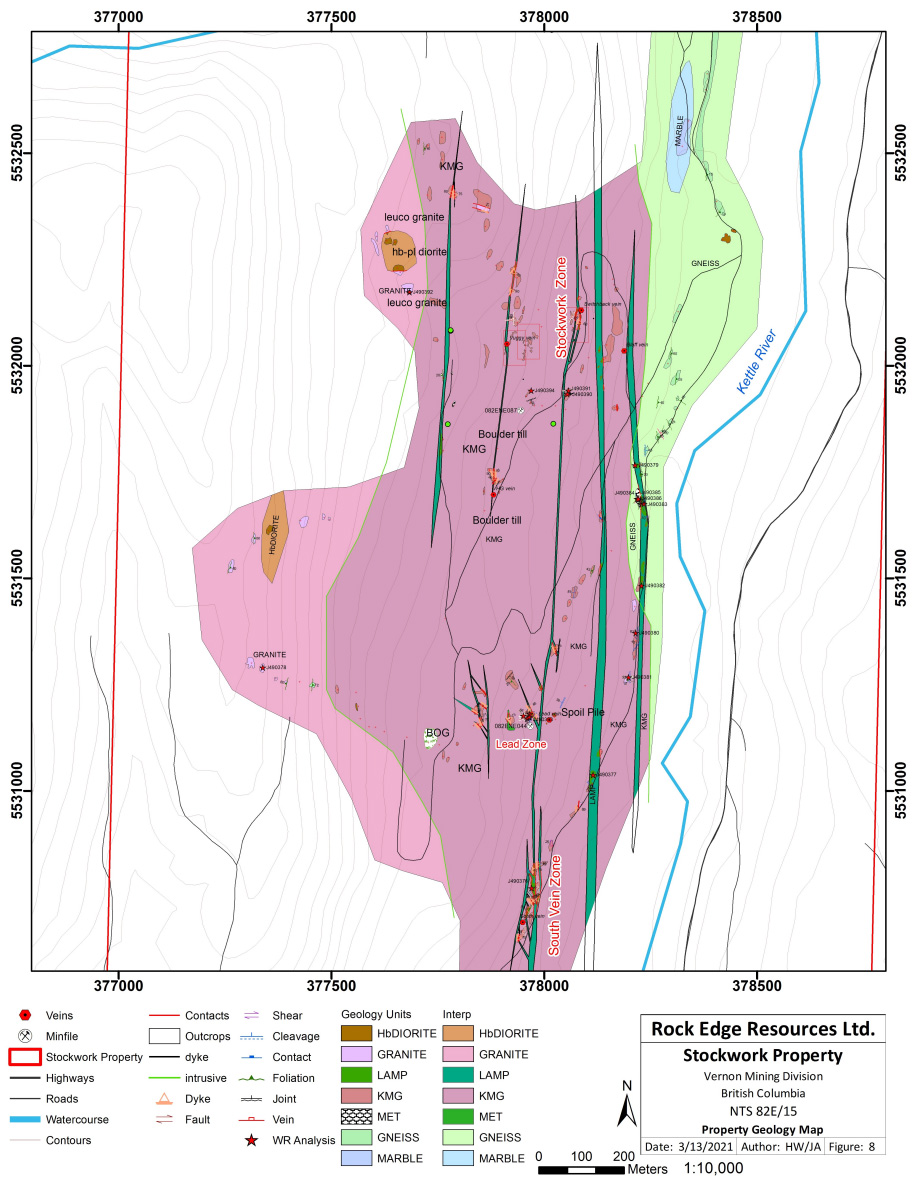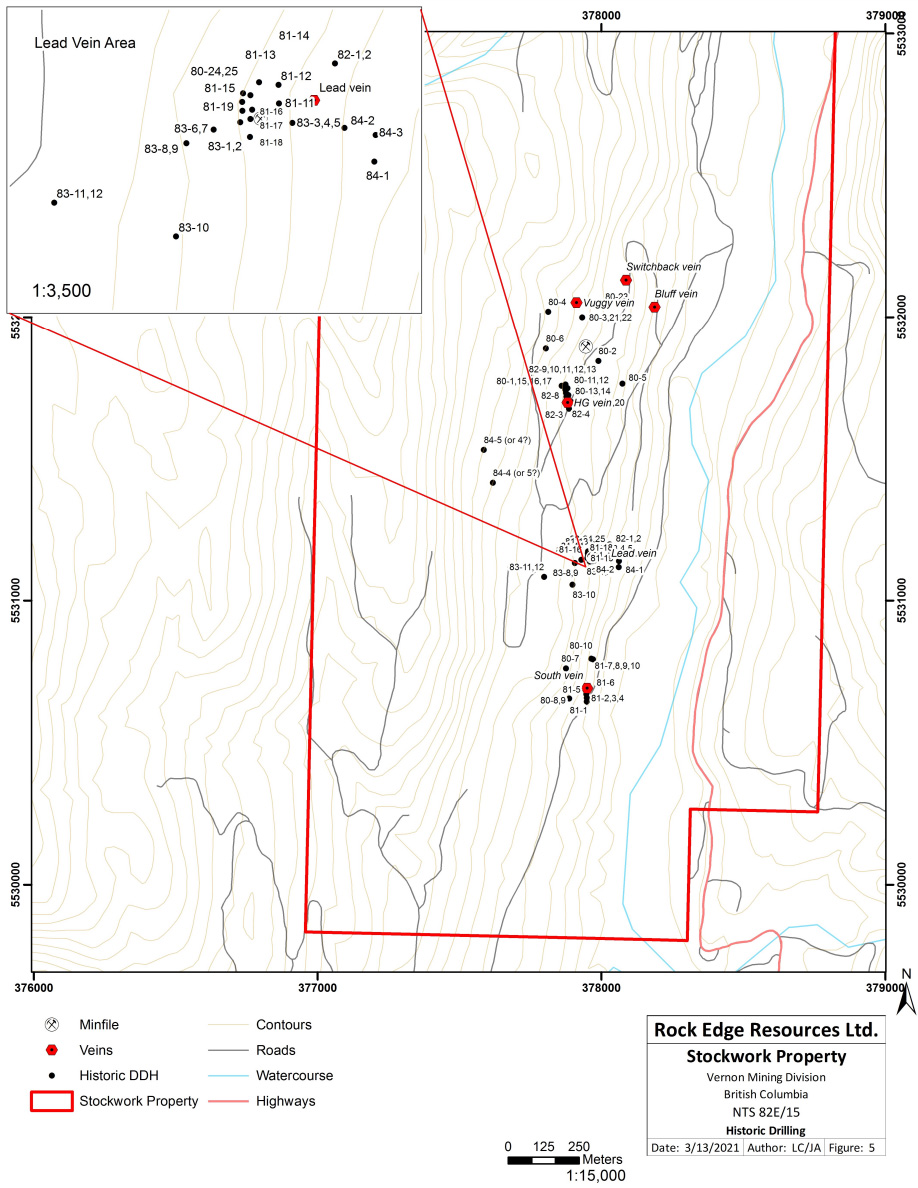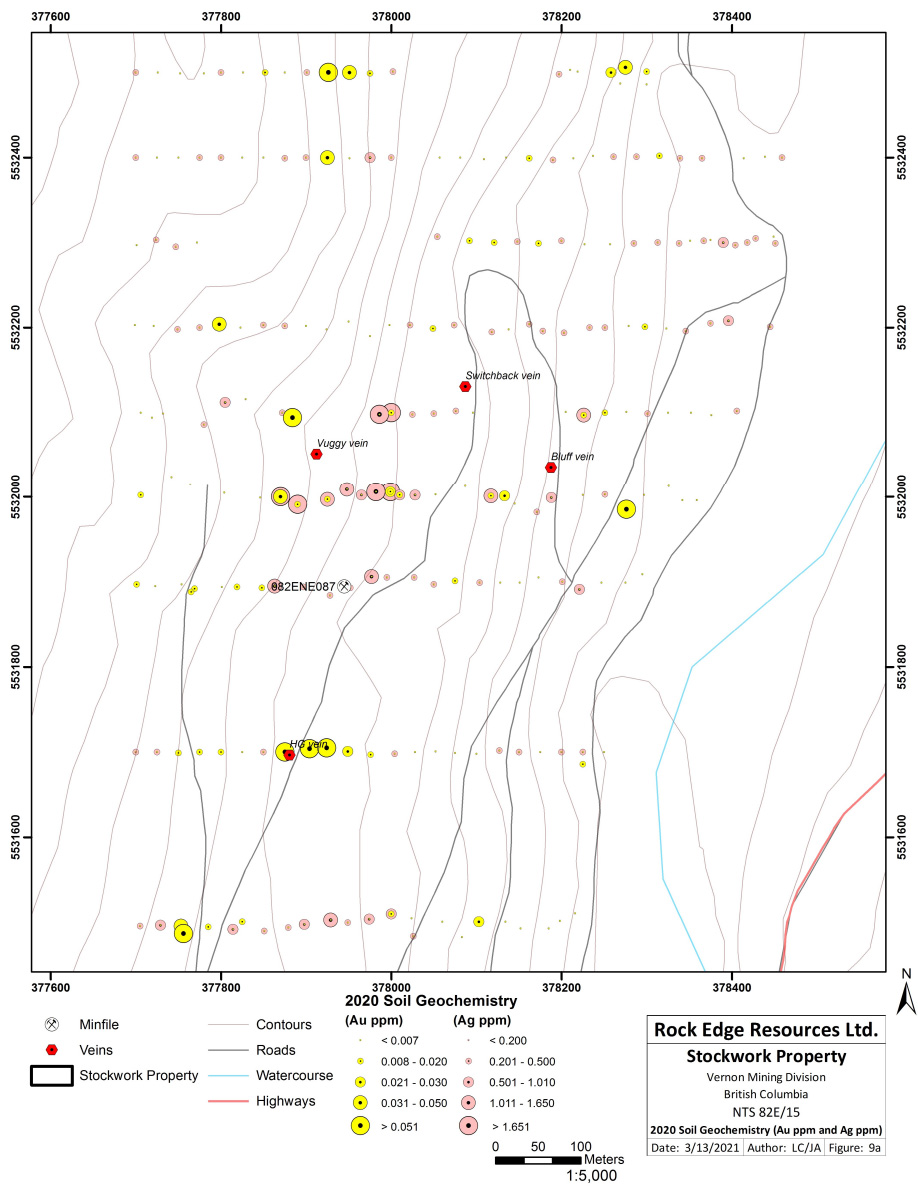
CSE: ISP
LAST: -
VOL: -
Subscribe to our mailing list to receive news releases and other materials related to Inspiration Energy Corp. Your email will never be shared or sold and you can opt out at any time.

The Stockwork property is comprised of 4 mineral claims covering 645 hectares and is road-accessible located in southern British Columbia, approximately 55 km southeast of Vernon.


The Property is located within the Omineca Belt, underlain by various intrusive rocks, and to a lesser extent by foliated granite, metavolcanics and marble of the basement Paleozoic metamorphic gneiss complex which is exposed in the Kettle River valley. The oldest intrusives are leucocratic granite and hornblende diorite in the western part of the Property which are interpreted as part of the regionally extensive Jurassic intrusive. Sandwiched between, and intruding, the Paleozoic gneiss and the Jurassic granite, is a 500 m wide, north-trending Kspar megacrystic granite pluton. The Kspar megacrystic granite is interpreted as equivalent to the Paleocene/Cretaceous Kspar megacrystic granite which hosts gold-bearing veins in the Lightening Peak Camp, 12 km to the east of the Stockwork Property.
Four zones of mineralization are known on the Stockwork Property, the South Zone, Lead Zone, HG (High Grade) Zone and Stockwork Zone. All are hosted within the Kspar megacrystic granitic intrusive, and all occur within a 1.5 km north-trending belt. Known zones of mineralization on the Stockwork Property are interpreted as being the same age (no older than Early Cretaceous) and style as mineralization in the Lightening Peak Camp.
Historic exploration on the Property has included soil and rock geochemistry, geophysics (IP, airborne magnetics/EM), drilling and minor bulk sampling. Drilling was largely directed at testing the Lead, South and HG Zones. A 1984 IP survey defined a coincident chargeability high and resistivity low at the Stockwork Zone and a 200 x 700 m north-trending strong resistivity low west of the Stockwork and HG Zones. Drilling in the early 1980’s showed a correlation between resistivity lows and zones of strong argillic alteration, with several intercepts of veining and/or elevated gold values. Airborne magnetics showed that known zones of mineralization occur within a strong north-trending mag low anomaly that correlates with the north-trending Kspar megacrystic granite pluton.


In the fall of 2020, Rock Edge completed a program of geological mapping and soil geochemistry on the Property. Soil sampling extended the historic soil coverage to the north. A 1250 m by 300 m north-northwest trending multi-element geochemical anomaly (Au-Ag-Pb-Zn-Bi-Te) occurs in the north part of the Property. The anomaly, which remains open to the north beyond the limits of the grid, appears to be strongest in the vicinity of the Stockwork Zone, where a coincident resistivity low-chargeability high anomaly was defined by the historic IP survey.
The 2020 geological mapping program was designed to provide an understanding of the geological and structural framework for mineralization, and in particular to determine the relationships between various intrusives and mineralization on the Property. Another objective of the mapping program was to understand the distribution and nature of alteration assemblages, and to determine any spatial zonation related to a mineralization system.
Two styles of mineralization have been identified, a predominantly east-west trending Ag-Pb-Zn event (i.e. Lead Zone), and a more northerly trending Au-Ag event (i.e. HG Zone). Values to 53.25 ppm Au and 51.5 ppm Au have been returned from historic rock samples at the South and HG Zones, respectively. The Stockwork Zone, located about 300 m northeast of the HG Zone, encompasses a large area of highly fractured, sericite-chlorite altered intrusive that is cut by abundant quartz veins and veinlets containing minor pyrite. Precious and base metal values are low from historic samples at the Stockwork Zone, but based on the size and strength of the veining and alteration in this area, and the geochemical and geophysical anomalies, it remains a target of interest. The Property has potential for narrow vein style mineralization or for larger, low grade, bulk tonnage style mineralization related to vein arrays and/or stockwork zones.
A two-phase program is recommended to further explore the Stockwork Property:
Phase 1 includes a drone magnetic survey, an IP survey, and additional soil geochemistry to build on the 2020 soil survey.
Phase 2 includes geological mapping, to follow-up features of interest from the 2020 program and from the Phase 1 program, followed by diamond drilling.